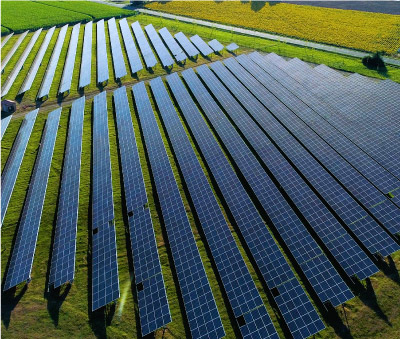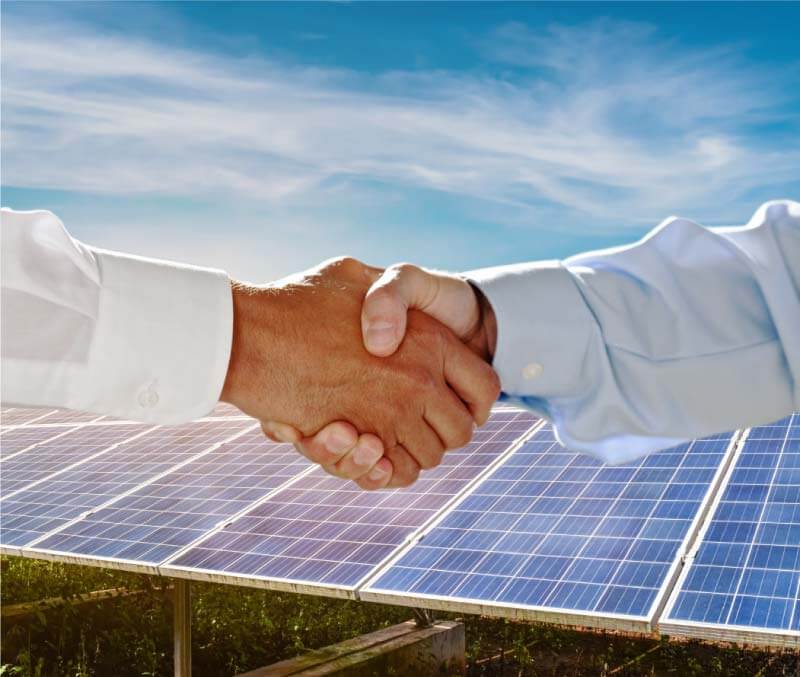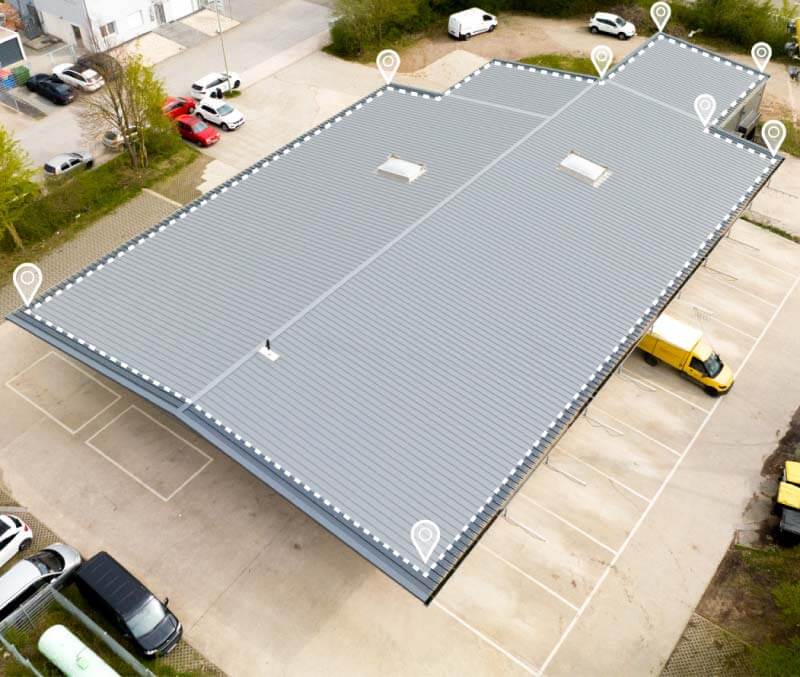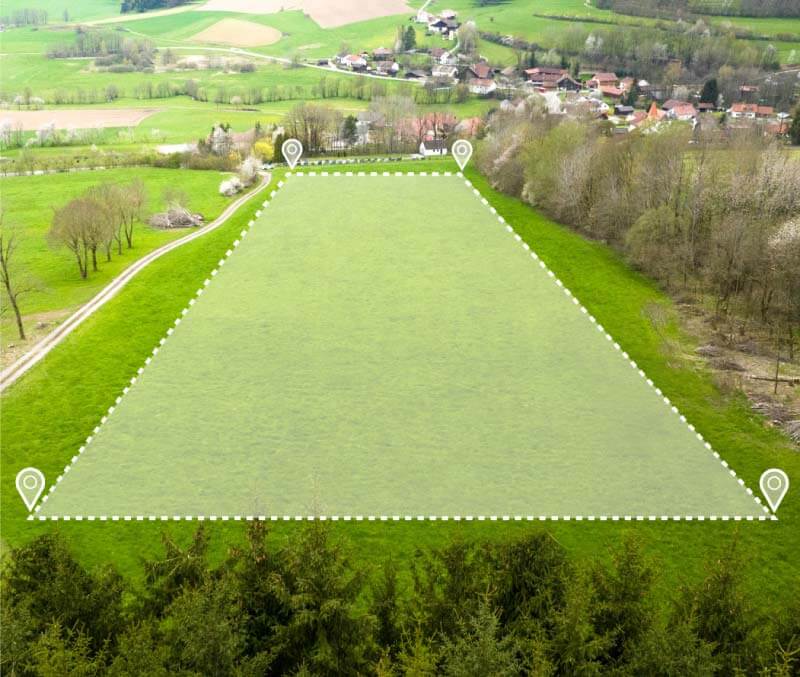PV yields
Table of contents
PV yields: Definition of terms
First of all, it is worth clarifying the term photovoltaic yield. The yield of a PV system is the amount of energy that the photovoltaic system can generate itself.
The photovoltaic yield should not be confused with the nominal output. This nominal output is given in kWp and indicates the output of the PV system under standardized conditions. The photovoltaic yield in turn reflects the power that the photovoltaic system actually produces.
If you are considering investing in a photovoltaic system, it is best to ask directly for the PV yield forecast or have it calculated for you. If you want to buy an existing PV system, it is a good idea to take a look at the PV yields of previous years.
Photovoltaic yield over the course of the year
The seasons and strongly fluctuating solar radiation have the greatest influence on PV yields.
In fall and winter, photovoltaic systems only generate a fraction of the average yield. The position of the sun is so low in German latitudes during these seasons and the number of daily hours of sunshine is so low that only around 25-30% of the annual photovoltaic yield is generated during this period.
However, the situation is different in spring and summer. The highest yields of the year can be achieved in these seasons. This is because the sun is higher and the hours of sunshine are longer. These two seasons account for around 70% of PV yields in a year.
The following graph illustrates the yield of the PV system. The percentages show the share of the respective month in the total solar power production for the year.

PV yields over the course of the day
However, PV yields not only depend on the course of the year, but the time of day also plays a role in the yields of the PV system. Solar systems produce electricity when the sun is shining. Conversely, no electricity is produced when no solar energy reaches the solar modules. However, solar radiation also changes during the course of the day.
The PV system's electricity production increases continuously until midday. The peak values of the day are then achieved for a while around midday. After midday, the PV yields slowly fall again. No yields are generated at night.
But don't let this put you off: Considerable yields can also be achieved in the morning and afternoon, especially of course on sunny days in the spring and summer months.
The following graph illustrates the production of solar power over the course of the day:
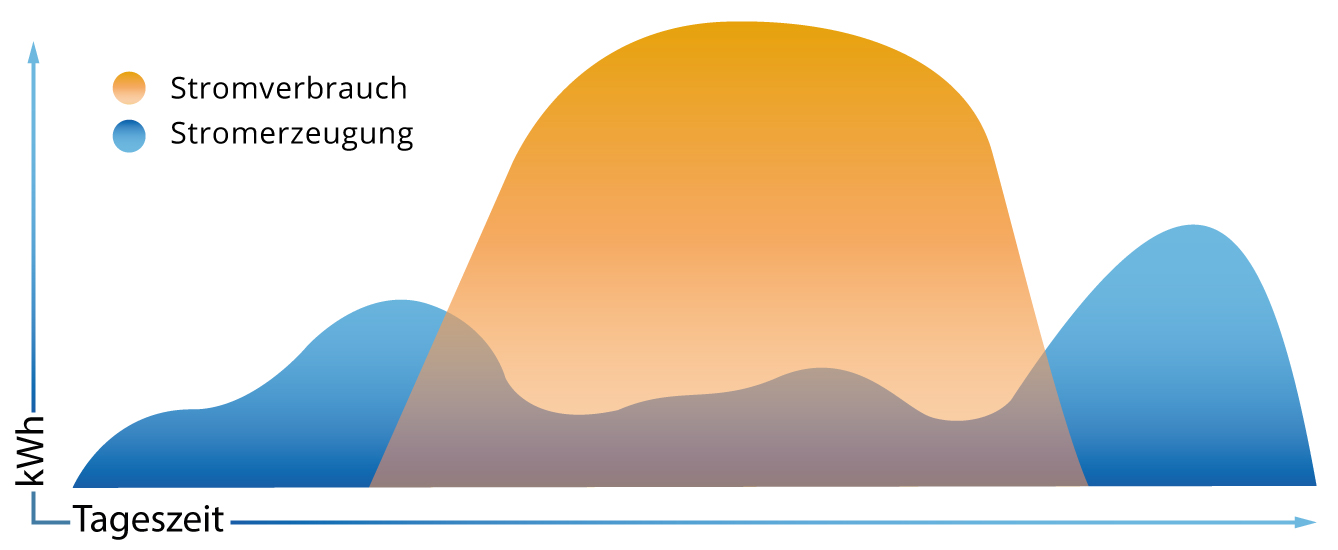
The graph shows that the electricity consumption of a single-family home increases precisely when the sun no longer provides the energy required. In this case, either electricity storage is required or electricity must be drawn from the public grid.
Factors influencing the yield of a PV system
However, it is not only the natural conditions that play a role in the photovoltaic yield, but also the technical components that are installed in the system.
- Solar modules: Monocrystalline modules have a clear advantage here, as they generate higher yields than polycrystalline solar modules.
- Inverter: The inverter converts the direct current generated by the PV system into the required alternating current. The higher the efficiency of the inverter, the higher the yields.
- Orientation and inclination: Whether the roof has a south or east-west orientation has an impact on PV yields, as does the angle of inclination of the modules. A mixed calculation must be made here for the optimum yield.
- Shading: Large yield losses can occur here. To prevent shading, trees should be cut back and surrounding buildings should also be considered.
Interim results: Optimizing PV yields
The above explanations show that many factors play a role in PV yields. In order to get the highest yields from a photovoltaic system, these influencing factors should be taken into account during planning in order to get the highest possible yields from the PV system despite the natural conditions.
PV system yield: Make the best possible use of technology from proven manufacturers and a construction company with a wealth of experience. With expertise, optimum technology and detailed planning that takes all factors into account, the highest yields can be achieved from a PV system.
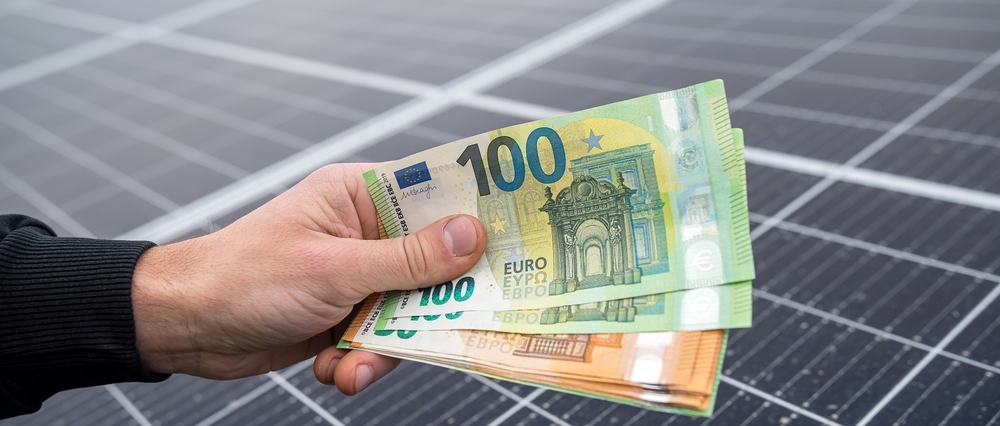
Solution: Photovoltaic yield
Have you already sought advice, but the orientation of your roof is not optimal or the solar radiation at your location is not sufficient to generate high yields with a Photovotlaik system?
Then a direct solar investment is the right choice for you. With our solar investments on leased roof areas or rented open spaces, you do not need your own roof area for a solar system. And thanks to the direct marketing of PV electricity, you benefit from the current high electricity prices.
With our solar investment, you also have various other advantages that affect the photovoltaic yield:
- Everything from a single source
We take care of the roof acquisition, the construction of the solar system and, with our all-round carefree package, also the maintenance, monitoring and, for example, all-risk insurance for the system. Our professional team has many years of experience in the field of photovoltaics.
- Technology from the market leader
Not only do we use monocrystalline solar modules from leading global manufacturers such as LONGi Solar, but we also install inverters from the market leader Huawei. This technology ensures the highest possible PV yields from your system.
- Planning alignment and inclination
With professional planning software and our expertise, we get the best yields from the location of the leased roof area. We prevent shading by cutting back trees where necessary.
- Entry in the land register
Even if you do not own the roof, you are still the owner of the PV system. You are therefore entered in the land register of the property. The lessor of the roof undertakes not to make any structural changes during the lease period.
With a direct solar investment on a leased roof, you not only save yourself the time-consuming, independent planning of a PV system, but you also don't need your own roof at all - and still benefit from the PV yields that can be achieved through the market value of solar.
Would you like to find out more about PV yields? Then contact us!
If you would like to find out more about how high your PV yields can be with a direct solar investment, please contact us! Simply write to us using the following form.
Together we will find the right solar direct investment for you so that you can generate your own PV income in the future!
